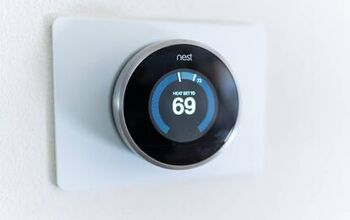Can A Tankless Water Heater And A Furnace Share A Vent?

Tankless water heaters are popular fixtures for a variety of reasons, but if you have a non-condensing system, you are going to need an elaborate ventilation system to go along with it. A proper ventilation system will ensure vapors are properly vented.
If you already have a ventilation system in place for a furnace, you’re probably wondering if a tankless water heater can share this ventilation system. This is the question this article seeks to answer, and below is everything you need to know about tankless water heaters, furnaces, and sharing ventilation systems.
A tankless water heater and a furnace can share a vent, but both systems must allow for this. If your two systems aren’t compatible, you could be creating flood and fire hazards. Often, a larger vent pipe is needed to accommodate two systems, especially if both are running at the same time.
What You Need to Know About Venting Tankless Water Heaters
These days, tankless water heaters are much more popular than traditional water heaters, as tankless water heaters not only reduce energy costs but greenhouse gas emissions as well.
Yet in spite of these benefits, homeowners often shy away from installing tankless water heaters, in part because there are a lot of misconceptions out there about what’s required for tankless water heater ventilation.
Here’s everything you need to know about tankless water heater ventilation.
Tankless Water Heaters Don’t Rely on Indoor Air
When it comes to venting a tankless water heater, you have two options. A power vent that uses indoor air for combustion or a direct vent that pulls in air from outside. A power vent will vent its exhaust out of the home, whereas a direct vent has one vent for intake and another for exhaust.
A power vent needs to be placed in a spacious room, as this way there will be adequate air for the system. Direct vents, on the other hand, can be placed in smaller spaces, like attics, closets, and maintenance rooms.
Two-Way Ventilation Isn’t Always Required
While most direct vent tankless water heaters utilize two pipes, some are manufactured with only a single pipe. This pipe contains an inner exhaust vent as well as an outer intake vent. An all-in-one pipe such as this is beneficial for a couple of reasons.
- Since there is only one pipe, only one penetration hole in a wall or ceiling will be needed.
- Concentric vents don’t need to be distanced from walls, as these don’t generate a lot of heat like typical exhaust vent pipes do. With a concentric vent, warm air is kept on the inside of the vent pipe whereas it’s cool on the outside.
Concentric vents are also safe. Say, for example, there is a leak in the interior exhaust vent. The air will not leave the vent; it’ll stay contained within the intake pipe. Therefore, it will never enter the home.
Roof Ventilation Is Not Required
A tankless water heater has a combustion fan that blows exhaust horizontally. Compare this with a traditional water heater, which uses a galvanized steel B-vent to suck the hot exhaust upward and out of the system by way of natural draft.
Because a tankless water heater is constructed in this way, it is often a go-to replacement option for those who are looking to replace an electric water heater. Moreover, since a tankless water heater can vent through a side wall, this means that there doesn’t have to be an expensive ventilation hole made in the roof.
In terms of placement, owners of tankless water heaters have a lot of flexibility, as all that’s required is moving the plumbing around so it accommodates the new position of the water heater.
Outdoor Tankless Water Heaters Don’t Require Ventilation
If your home is in a place that has a warm climate, you won’t need additional venting when installing a tankless water heater. These systems can withstand subzero temperatures, as they have a self-warming function that prevents freezing and cracking.
They can, however, become inoperable in cold climates if the electricity goes out. Their heating elements run on electricity, so the functions described above won’t be able to work without electricity.
And if you live in a place where a tankless water heater can be installed outside, know that doing so will free up a good amount of interior space.
Metal Venting Isn’t Required
Because non-condensing tankless water heaters often generate a lot of heat exhaust, they require metal venting, usually stainless steel or thick aluminum. But condensing units don’t give off nearly the amount of exhaust that non-condensing units do, and often this exhaust is only between 110° and 120°F.
One can even use PVC plastic or polypropylene to vent a condensing tankless water heater. This means that an owner of a condensing tankless water heater won’t have to invest in an expensive and elaborate ventilation system.
When a Tankless Water Heater and a Furnace Share a Vent
While it’s possible for a tankless water heater and a furnace to share a vent, there are some things a homeowner should know before they pursue such a ventilation configuration.
For example, some furnaces and water heaters don’t go well together, and one should know this before they try to create a shared ventilation network. Also, both systems will have to be gas-powered, so it’s best if the furnace used is a high-efficiency model.
Consolidating ventilation in your home is an effective way to free up space, but one must pursue consolidation properly, as a mistake could create a flood or fire hazard.
For this reason, one should get help from professionals when they need to consolidate their ventilation. First off, professionals will know whether this is possible with the systems currently employed, and they will also know how to properly configure the vents so everything works effectively and there are no hazards.
A Larger Vent Pipe May Be Required
When two systems share the same exhaust pipe, it makes sense that this pipe should be a bit more spacious than one which only serves one system. Furthermore, if you’re making use of a non-condensing tankless water heater, there will be a lot more exhaust emitted than a condensing system.
If one is operating their heater at the same time the furnace is going, there’s going to be a lot of exhaust getting pumped out. A larger exhaust pipe will not only prevent exhaust backup but also prevent exhaust from somehow finding its way into the interior of the home.
Related Questions
Tankless water heaters are more common these days, and this in part explains why there are so many questions about these systems. Some of the frequently asked ones are answered below.
Does a tankless water heater burn a lot of gas?The answer here depends on the system being used. When a system burns a lot of gas, a larger flue will be required along with a larger gas line and meter.
While it seems counterintuitive, one burns much more gas per hour heating hot water on demand than they do burning to heat a whole house. Sure, a tankless system only operates for a few hours—or less—per day, but when it operates it burns plenty of gas.
How does one know if their tankless water heater is venting properly?Run the hot water heater for several minutes. While this is going on, make sure all windows and doors are closed and locked. All fireplace dampers should be engaged as well. Turn all exhaust vents on and then turn the clothes dryer on.
With all the conditions listed above, a properly vented tankless water heater still should not back draft exhaust.

Matt loves everything DIY. He has been learning and practicing different trades since he was a kid, and he's often the first one called when a friend or family member needs a helping hand at home. Matt loves to work with wood and stone, and landscaping is by far his most favorite pastime.
More by Matthew Mountain



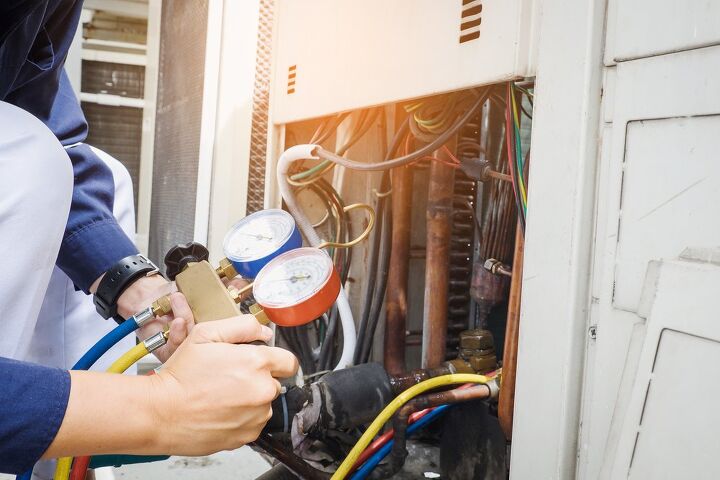






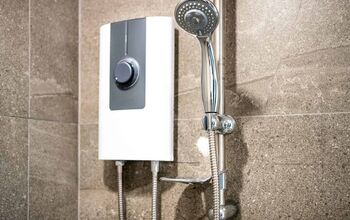

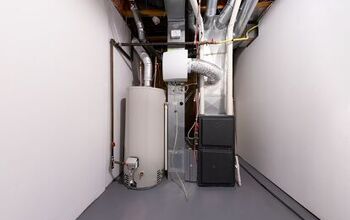

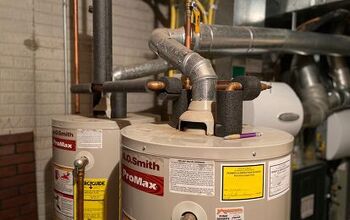

![How To Reset A Whirlpool Cabrio Washer [In 5 Easy Steps!]](https://cdn-fastly.upgradedhome.com/media/2023/07/31/9076531/how-to-reset-a-whirlpool-cabrio-washer-in-5-easy-steps.jpg?size=350x220)







